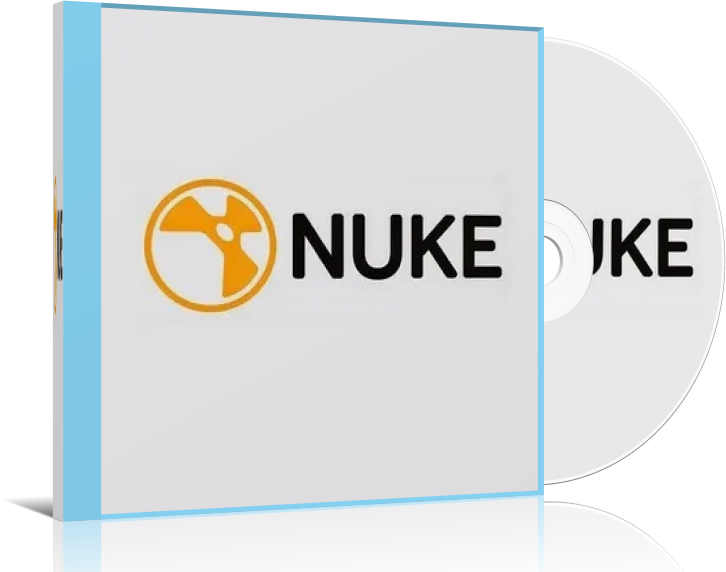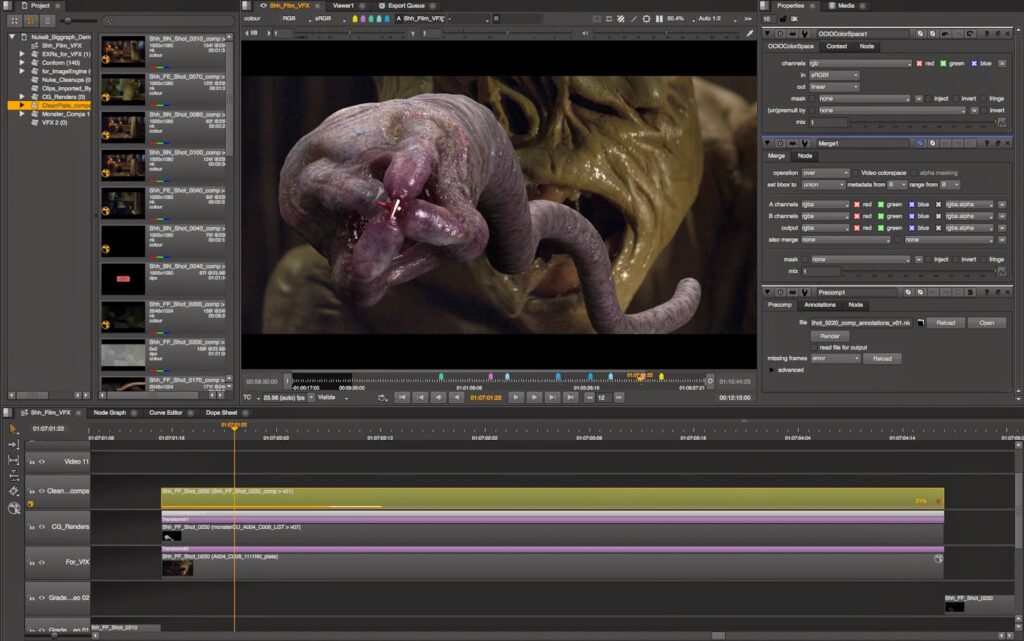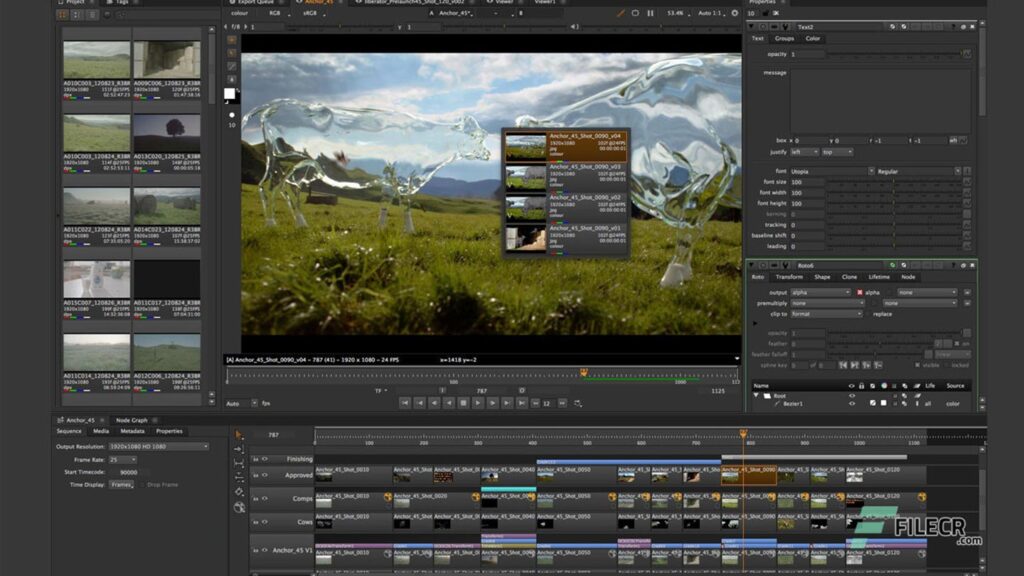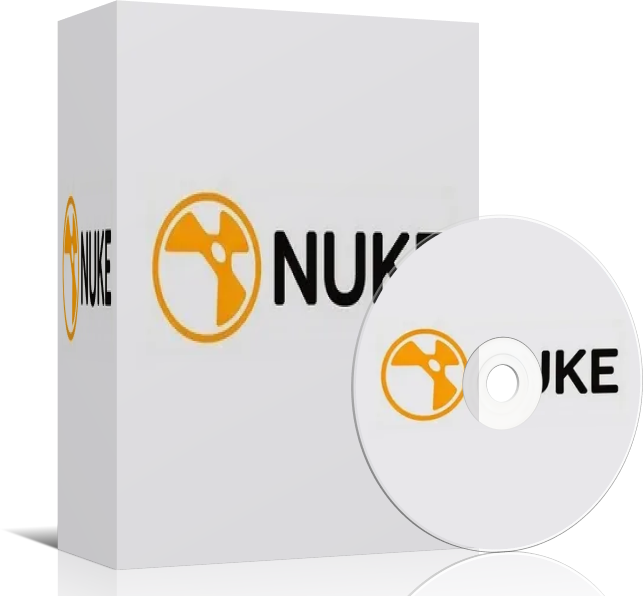Nuke software free download with crack for mac
Nuke is a powerful node-based compositing software used extensively in the film, television, and video game industries for creating stunning visual effects. Whether you’re a seasoned professional or just starting your journey into the world of VFX, this step-by-step guide will help you navigate the intricacies of Nuke and unlock its full potential.
Getting Started: Installation and Interface
Installation: Download and install Nuke from Foundry’s website. The installation process is straightforward and includes all the necessary components.
Interface: Nuke’s interface is built around a node-based workflow. Nodes represent different operations, and connecting them creates a visual representation of your compositing process. The main components include:
Node Graph: The central area where you build your compositing network.
Viewer: Displays the output of your compositing process.
Properties Panel: Allows you to adjust the parameters of selected nodes.
Toolbar: Provides access to various tools and functions.
Essential Concepts: Understanding Nodes
Read Node: The starting point for any compositing process. It reads image sequences or single images into Nuke.
Transform Node: Allows you to manipulate the position, scale, and rotation of images.
Merge Node: Combines multiple images into a single output.
Color Correct Node: Adjusts the color balance, contrast, and brightness of images.
Keyer Node: Isolates specific areas of an image based on color or luminance.
Roto Node: Allows you to manually select and mask areas of an image.
Tracker Node: Tracks objects in a video sequence, enabling you to apply effects or animations to them.
Building Your First Composite: A Simple Example
Let’s create a simple composite by combining two images:
Read Nodes: Create two “Read” nodes and load your desired images.
Transform Node: Use a “Transform” node to position and scale the images as needed.
Merge Node: Connect the output of the “Transform” nodes to a “Merge” node. Choose an appropriate blending mode for combining the images.
Viewer: Observe the output in the “Viewer” window.
Advanced Techniques: Deep Dive into Nuke’s Capabilities
Rotoscoping: Create masks and animations for complex objects, such as hair or smoke.
Motion Tracking: Track objects in video sequences and apply effects or animations to them.
3D Compositing: Integrate 3D models and animations into your composites.
Scripting: Automate repetitive tasks and create custom tools using Nuke’s Python scripting capabilities.
Resources and Learning:
Foundry’s Official Documentation: Comprehensive documentation, tutorials, and support resources.
Online Communities: Engage with other Nuke users on forums and communities like the Foundry Nuke forum.
Online Courses: Explore online courses and tutorials from platforms like Udemy and Skillshare.
Conclusion:
Nuke is a powerful and versatile tool for creating stunning visual effects. By mastering its fundamental concepts and exploring its advanced features, you can unlock a world of creative possibilities and bring your visual ideas to life. Remember to practice regularly, experiment with different techniques, and always seek out new resources to enhance your skills.

Main Features:
Nuke is a powerful and comprehensive visual effects software that offers a wide range of features to help you create stunning visual content. Some of the key features include:
- Compositing: Nuke’s advanced compositing tools allow you to seamlessly blend multiple layers of footage, images, and effects to create visually stunning compositions.
- 3D Modeling: The software’s 3D capabilities enable you to create and manipulate 3D objects, which can be integrated into your 2D compositions for a more immersive visual experience.
- Motion Tracking: Nuke’s advanced motion tracking tools help you accurately track and stabilize footage, making it easy to integrate visual effects and elements into your projects.
- Keying: The software’s robust keying tools make it easy to isolate and remove unwanted elements from your footage, such as green or blue screen backgrounds.
- Color Correction: Nuke’s powerful color correction tools allow you to fine-tune the color and tone of your footage, ensuring a consistent and visually appealing look across your entire project.

Technical Specifications:
The latest version of Nuke for Mac is version 13.2.3, released on September 10, 2024. The software is available in English and supports multiple audio languages.
File Name: Nuke_13.2.3_Mac.dmg
Download Size: 2.8 GB
Uploader/Repacker Group: Nuke Software Ltd.
System Requirements:
To run Nuke on your Mac, you’ll need the following system specifications:
- macOS 10.15 (Catalina) or later
- Intel Core i5 or AMD Ryzen 5 processor or better
- 8GB of RAM or more
- 10GB of available storage space
- NVIDIA, AMD, or Intel integrated graphics card with at least 2GB of VRAM
When adjusting the graphics settings in Nuke, you can experiment with the following options to optimize performance:
- Renderer: Choose the appropriate renderer (e.g., OpenGL, DirectX) based on your graphics card and system configuration.
- Texture Memory: Adjust the texture memory to balance image quality and performance.
- Proxy Mode: Enable proxy mode to work with lower-resolution versions of your footage for faster previews.
- Multithread Processing: Utilize multithread processing to take advantage of your system’s multiple cores for improved rendering speeds.

Usage and Troubleshooting:
To use Nuke, simply launch the application and start creating your visual effects masterpieces. The software offers a user-friendly interface and comprehensive documentation to help you get started.
If you encounter any issues or have questions about using Nuke, be sure to check the official support resources, including the user forums and knowledge base. You can also visit the following websites for additional information and resources:

Leave a Reply